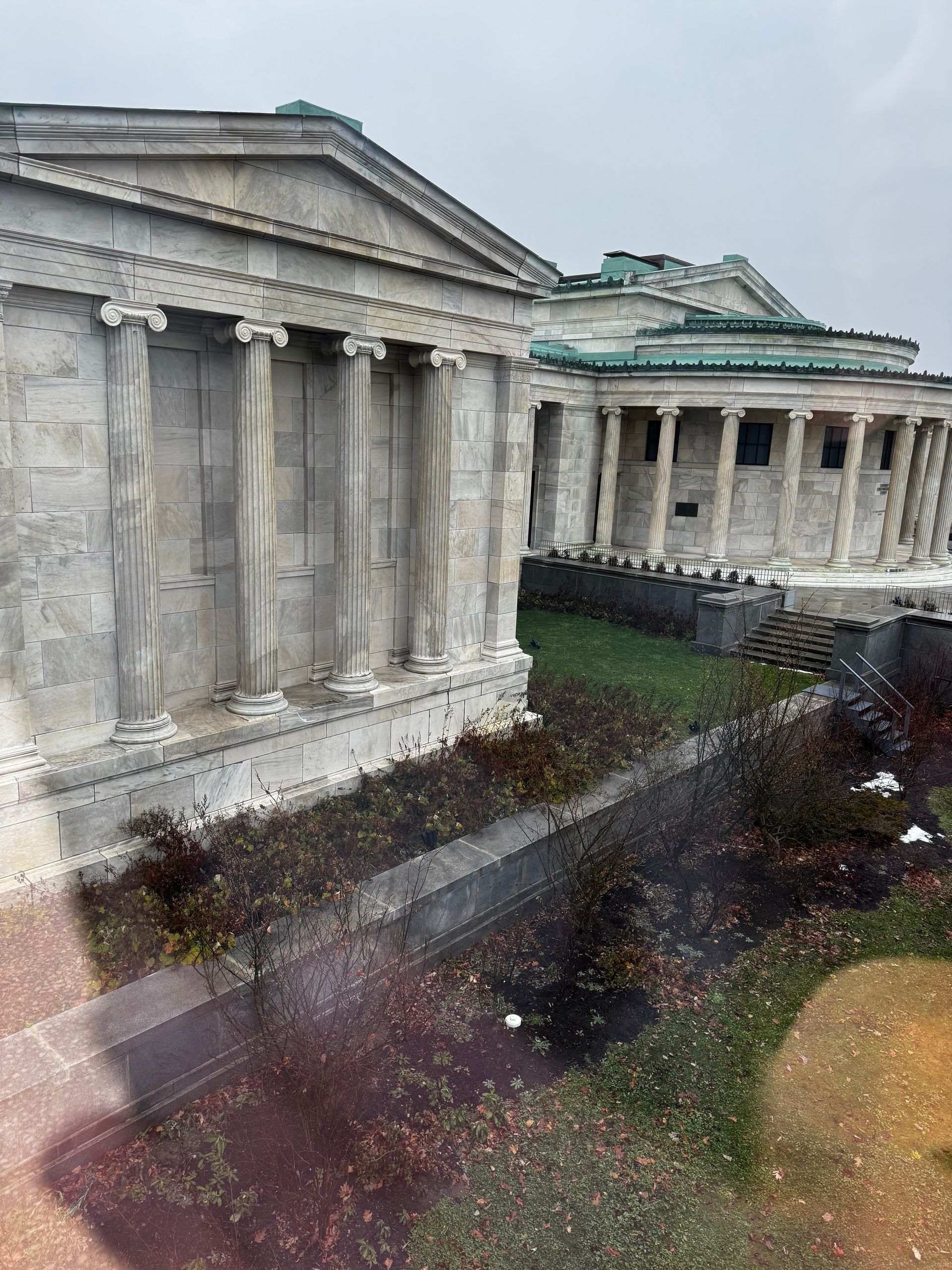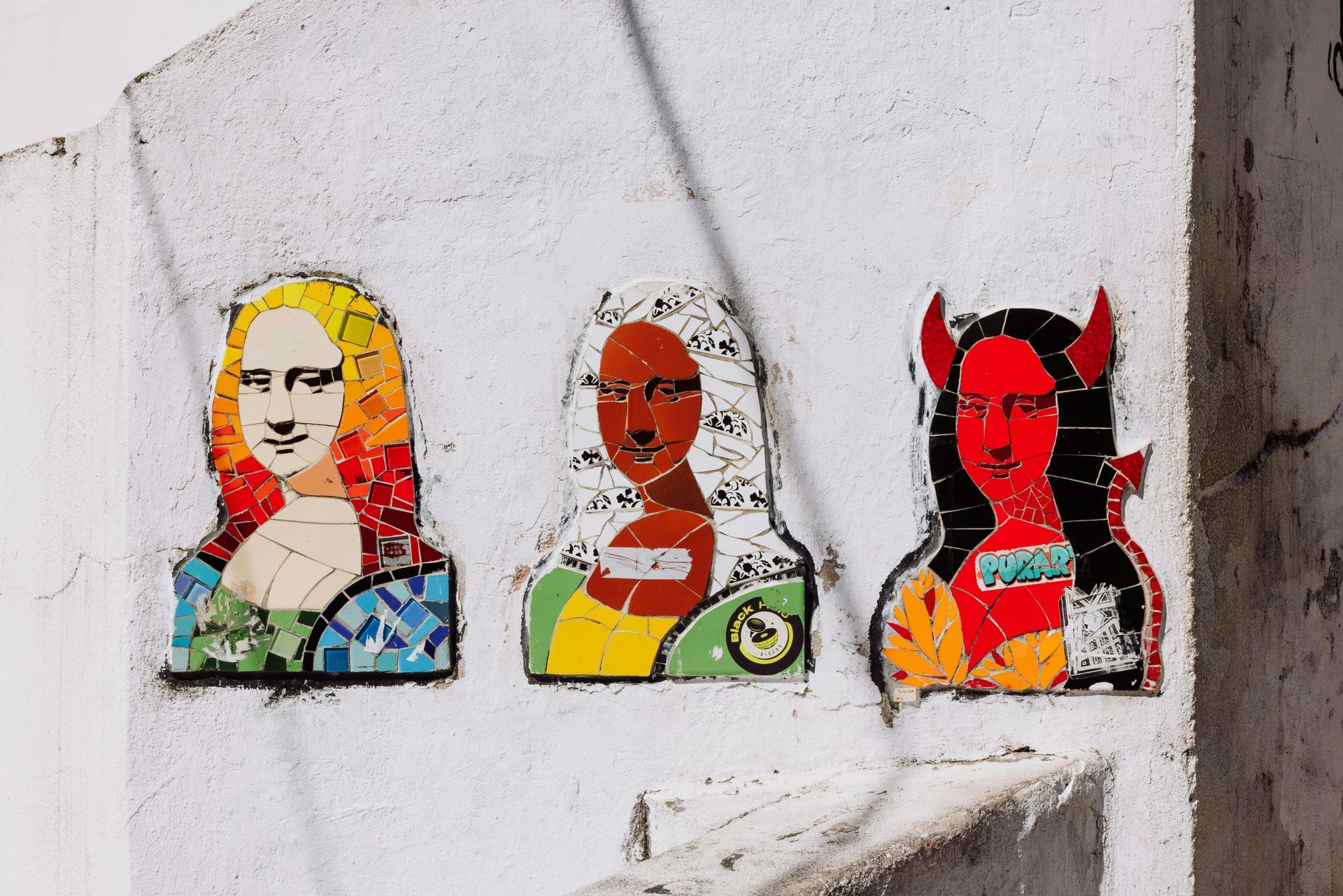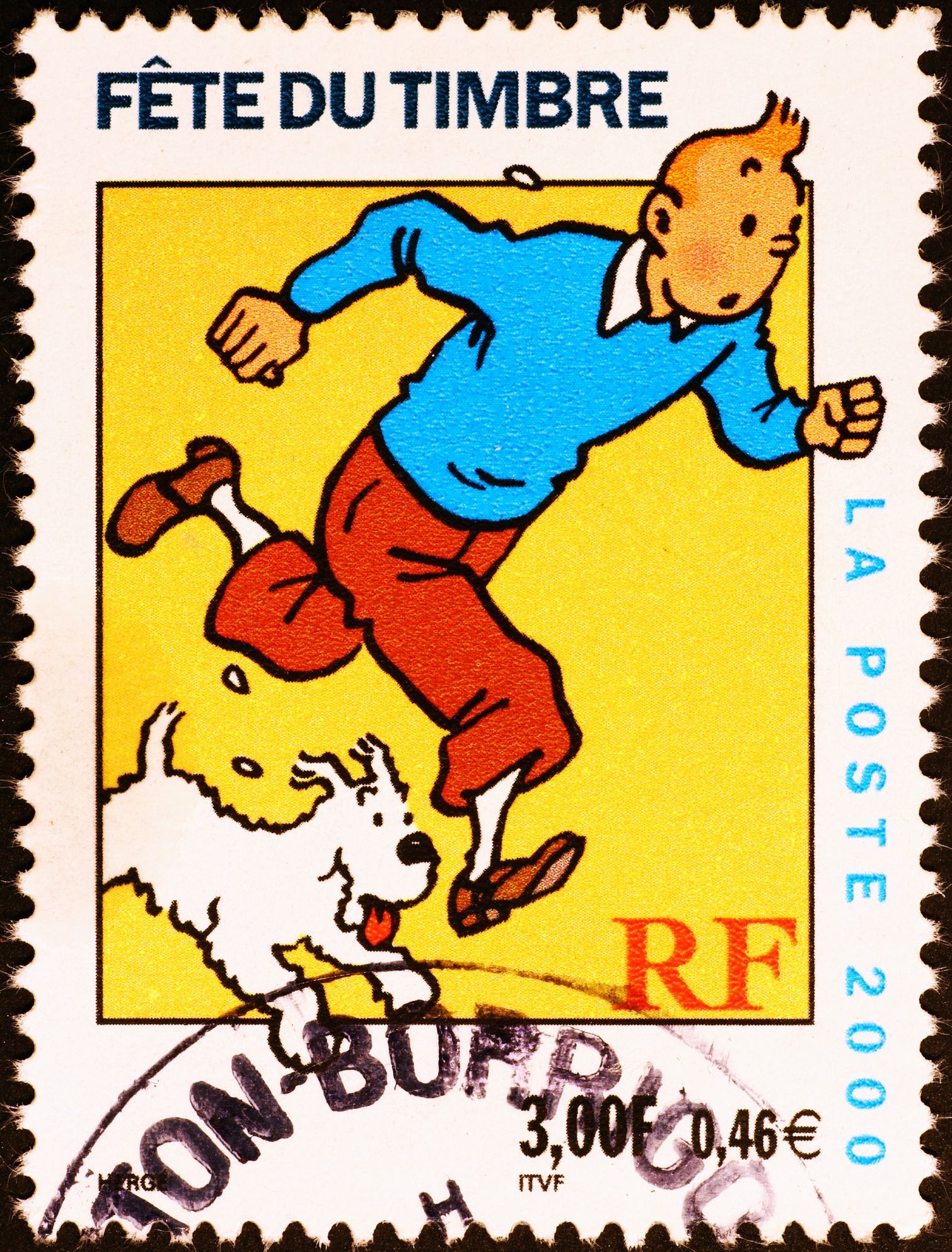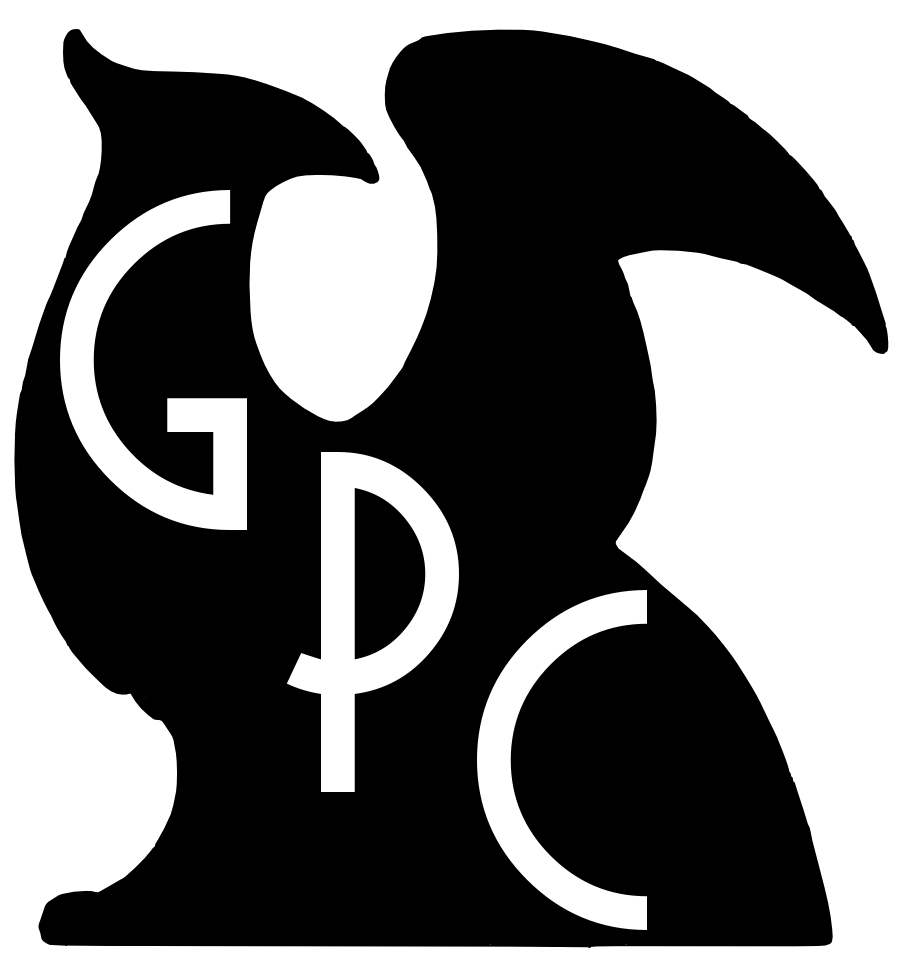Inspiration or Infringement: In Music?
Most of you have probably heard of the Pharrell Williams/Alan Thicke vs. Marvin Gaye suit, or perhaps the
Sam Smith vs. Tom Petty suit.
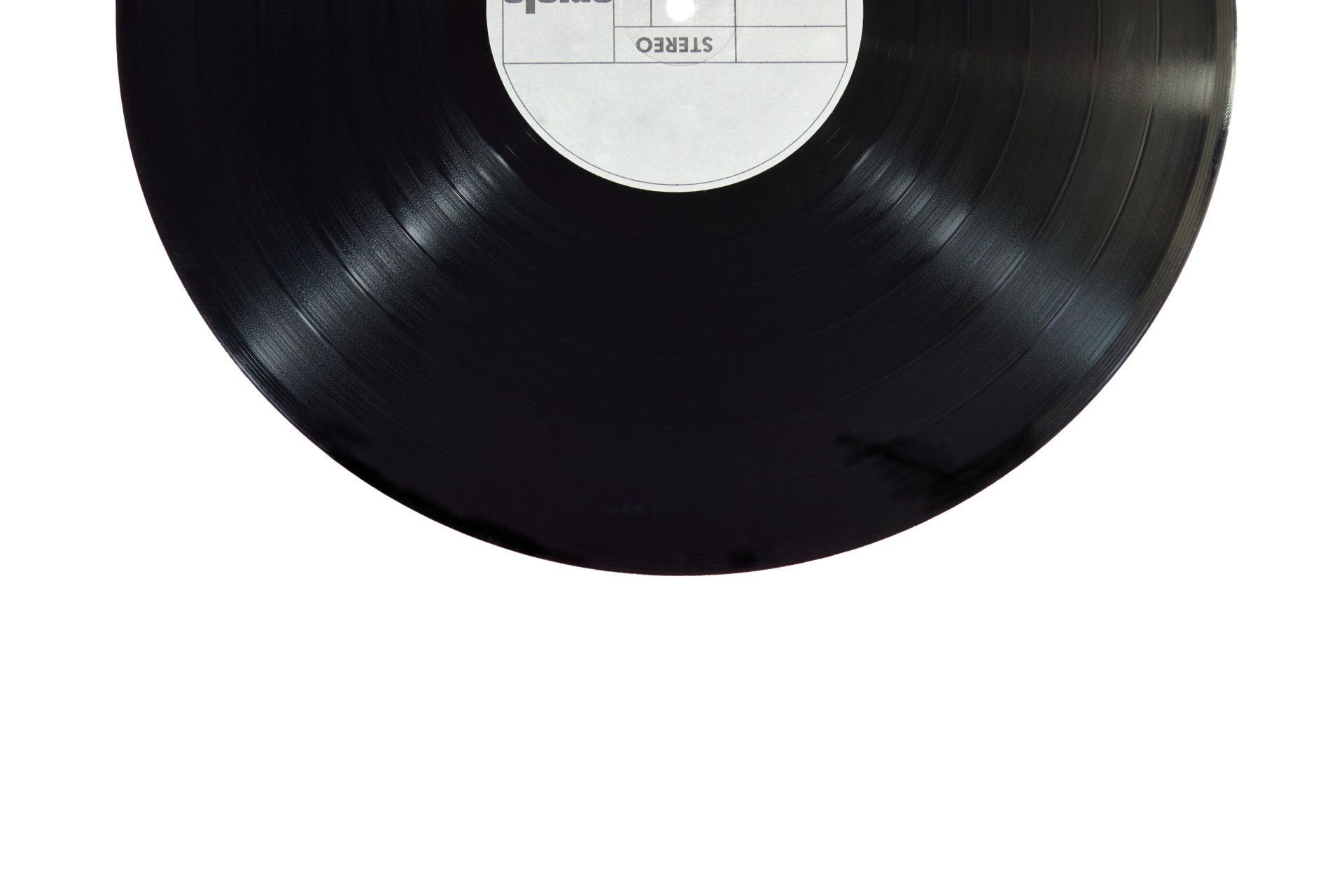
In the case of the former, Williams and Thicke lost their case to the Gaye family, who alleged that the song "Blurred Lines" infringed on Gaye's "Got to Give it Up." In the latter, Sam Smith avoided a protracted legal battle by quietly settling the case and adding Petty as a co-writer on his song "Stay With Me."
Looking at both cases, I have to admit that I'm not entirely convinced by the similarities between the original songs and those that were purportedly infringing. I could really see judgements going either way, but in the end, I do feel that both cases were closed with reasonable conclusions.
Why?
When judges (or a jury in the Williams/Thicke vs. Gaye suit) review a case of possible infringement of a musical composition, the primary analysis is through what is called an "audience test." According to the American Bar Association, this test has an "ordinary person" listen to the works and, without looking for specific differences in them, "would be disposed to overlook them, and regard their aesthetic appeal as the same." In other words, whether a lay person could hear the similarities between the two works without first hearing differences and assume the compositions were either the same or derivatives of one another.
In the Williams/Thicke vs. Gaye case, I can hear the underlying melody and backbeat running through "Blurred Lines" that is reflective of Gaye's original work. Gaye was certainly a pioneer in music, and set a particular style for artists to come after him. But to my ear, I do not myself think that it is similar enough to be infringing. That said, when one narrows down the specific phrasing at issue, I do hear the similarities and understand where the judgement came from.
Sam Smith obviously didn't want to go through a long legal suit and so settled his case, which explains why it made barely a ripple in the news. In this case, I think he was smart to settle, as I feel this is a more cut-and-dry case of infringement. To my ear, the songs at issue are very similar in phrasing and melody, and it doesn't take much of a focus in on a particular section to hear that.
Each of these cases are very interesting, however, as they drive home the point that infringement of copyright will ultimately be decided by either a judge or a jury, and as such, are subject to opinion. It's extremely difficult to predict how a case will be decided even when specific factors are being reviewed.
In future posts, we will review some famous infringement cases in photography. But for now, the lesson to be gleaned here is to not simply assume that borrowing elements from another artist and changing others will keep you clear from an infringment suit. It's always best to ask permission before publishing rather than face the consequences and expense of a suit later.
